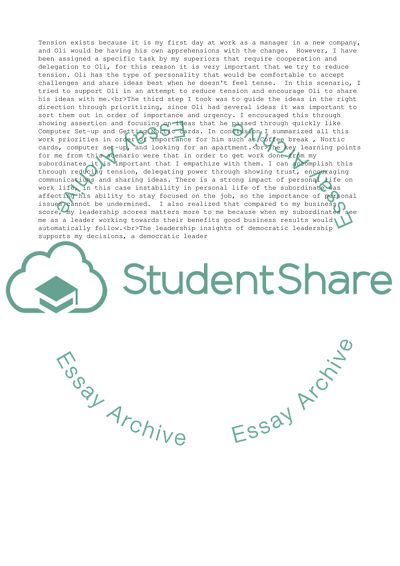Cite this document
(“Organisational Behaviour 3 Leadership Assignment”, n.d.)
Organisational Behaviour 3 Leadership Assignment. Retrieved from https://studentshare.org/business/1616723-organisational-behaviour-3-leadership
Organisational Behaviour 3 Leadership Assignment. Retrieved from https://studentshare.org/business/1616723-organisational-behaviour-3-leadership
(Organisational Behaviour 3 Leadership Assignment)
Organisational Behaviour 3 Leadership Assignment. https://studentshare.org/business/1616723-organisational-behaviour-3-leadership.
Organisational Behaviour 3 Leadership Assignment. https://studentshare.org/business/1616723-organisational-behaviour-3-leadership.
“Organisational Behaviour 3 Leadership Assignment”, n.d. https://studentshare.org/business/1616723-organisational-behaviour-3-leadership.


